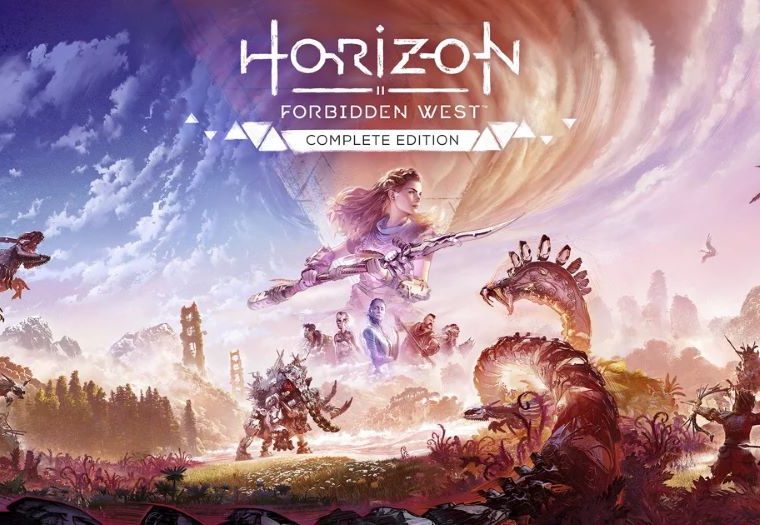Suicide Squad: Kill The Justice League Review
Suicide Squad: Kill The Justice League Review
Suicide Squad: Kill The Justice League is an action-adventure shooter from Warner Bros. Games that marks the return of Rocksteady Studios almost a decade after their last title, Batman: Arkham Knight. Suicide Squad is a re-imagining of DC Comics’ rogues team-up Task Force X as they’re conscripted by Amanda Waller to stop Brainiac’s invasion of Earth.
To that effect, the Justice League has been brainwashed to aid Brainiac in his conquest, leaving Waller no choice but to call a hit on the once defenders of Earth. Recruiting a motley team of rogues that you may have seen in the movies: Harley Quinn, Deadshot, Captain Boomerang, and King Shark; up against all odds, they must kill the members of the Justice League (Superman, Batman, Flash, Green Lantern) or get their heads blown up by Waller herself.
All right, team, gear up and get ready to kick some metahuman butt in Suicide Squad: Kill The Justice League!
Come for the Story…
With the online discourse about Suicide Squad being as toxic as ever even before the game officially launched, it’s hard not to be completely swayed by random opinions. I started Suicide Squad cautiously, and I’m glad I did. The game, as presented throughout its multiple tutorial missions and opening cinematic, gave off the impression that Rocksteady went all out with it.

Suicide Squad’s facial animations are extremely lifelike, with fantastic voice actors bringing Rocksteady’s rendition of the DC Universe to life. While we’ve seen quite a bit of the Batman universe drawn out in its Arkham saga, the futuristic city of Metropolis is presented as a magnificent feat, creating a city from the point of view of metahumans.
Starring the C-tier of supervillains that fall under the villain-of-the-week trope, Suicide Squad’s characters are the cannon fodder of the villain world. Superheroes don’t even take them seriously, and you can tell in the dialogue that they are greatly underestimated. It’s a decent creative choice, making us see the world as a normal human would. As Captain Boomerang puts it, “There are no metahumans here!” (Despite a hulking mutant shark walking around)
This contextualization of showing the Justice League as gods among men provides that fantastic set-up that hooks you into the narrative of Suicide Squad. Task Force X is presented as the unlucky villain who drew the short end of the stick and now has been placed with an impossible mission before them. You can’t help but feel bad for these guys, and once you hear the witty banter between them, if they had better luck, they could’ve been heroes.
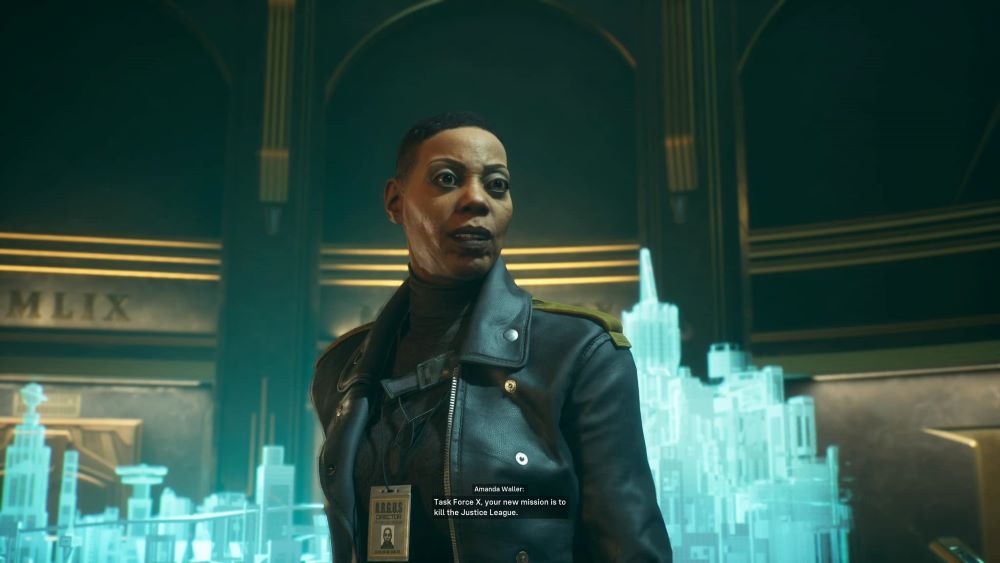
To address the elephant in the room, the entire “killing the Justice League” bit could’ve been handled with better care. The setup was really good and each character has been given a nuanced look until around the halfway mark, up until the time when they actually have to kill the Justice League. What sours the experience is how quickly the anti-heroes turn heel without any context.
Even if Amanda Waller could terminate the anti-heroes if they stray from the mission, it is pointed out repeatedly that Task Force X willingly wants to kill the superheroes due to their personal vendettas. This feels a little superficial because we, as the audience, don’t see their stakes. They all talk about it, but some flashback sequences or even some character-based missions could’ve sold it better.
It also doesn’t help that we don’t spend much time encountering said heroes. Before we know it, we have to kill them right away. Unlike in The Boys or Invincible where the heroes show a point of betrayal in our protagonists’ lives, it’s difficult for the audience to get behind it and even support it when a few of the deaths were executed for cheap laughs.
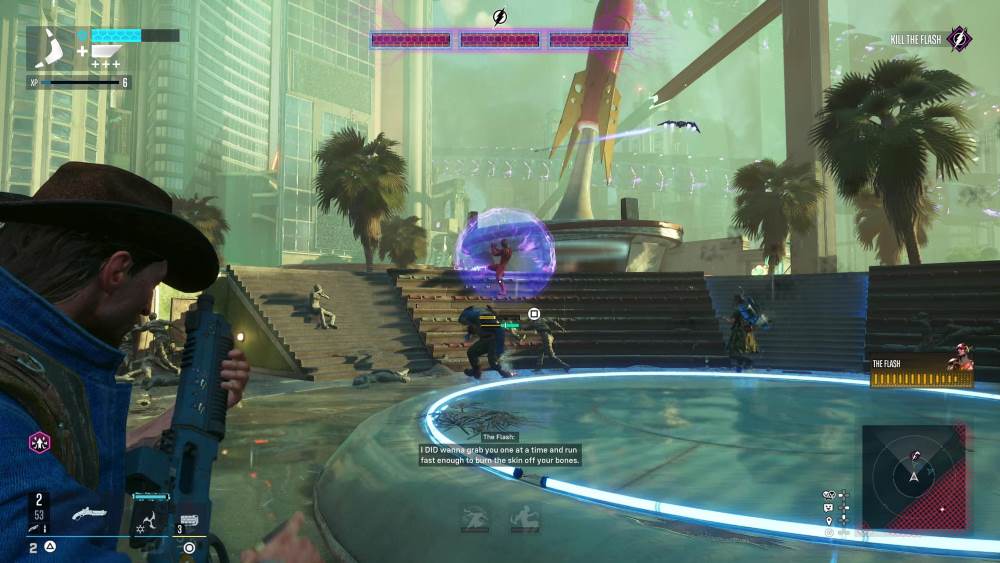
The boss sequences in Suicide Squad could’ve been more finely tuned to showcase the anti-heroes’ skills and the mismatch of the Justice League’s power levels. However, with the introduction of guns (more on that later), these fights were dampened by just pointing your gun and unloading your ammo until their HP bar runs out. They ended up like regular bullet sponge enemies with some select cut scenes. For a comic book diehard, this is so disappointingly underwhelming.
Suicide Squad’s main campaign lasts for 10-12 hours depending on how many side missions you take part in during the quest. While the Brainiac showdown is teased throughout the entire campaign, you get a rushed encounter with him in the end. By that time, the momentum of the narrative takes a sharp dip and you crawl your way to the endgame. Many of the story threads are hastily resolved or quickly swept under the rug.
I felt that the plot had something there to hook you and get you into the world. If it was structured like an open world action title, there could’ve been more ways to explore the world and add nuance and investigation to find out what caused the heroes to behave this way. This could’ve better emotionally justified why the anti-heroes need to kill the Justice League, yet this was not that game.
…and Stay for the Live Service?
The first few hours of Suicide Squad feel overwhelming, with so many mechanics and tutorials introducing you to the vast options of what each member of the squad does. At first, you’re trained in the art of traversal, which I could say is the best-designed aspect of the title. Each character has their own traversal style, from swinging, teleportation (speed force), jet packs, and body slam launches.
Combat-wise, you’re able to position yourself with these traversal tricks, giving you an edge over your foes. Combining them with some melee and gun skill adds more strategy to combat, and when used right, adds more dynamic moves to an already frenetic experience. The traversal special move is the icing on the cake to this feat that makes every character feel different somewhat. Somewhat.
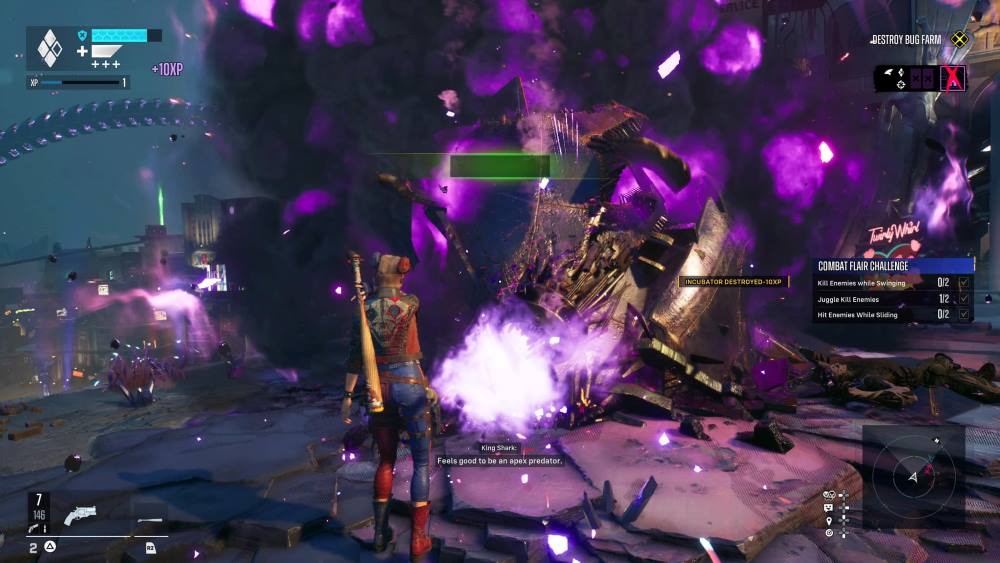
I cannot say the same thing about the gunplay, however. At first, each character has a different set of weapons for their loadout, providing a way for each character to feel different. However, as you progress through Suicide Squad, it slowly becomes uniform and after a while, you realize that your arsenal set up becomes an automatic gun (mini-gun, assault rifle, SMG) for bullet sponges and a precision gun (sniper rifle, pistol, and ironically a shotgun) to target specific enemies.
This makes every character feel the same. With a limited melee to set up a juggle attack, lopsided targeting, and some awkward mechanics such as really tight counter shots; shooting in Suicide Squad is not exactly fun. This brings us back to many of the boss battles, which become a bullet sponge fest where you simply shoot an enemy while waiting to counter a special attack. Rinse and repeat until they die.
With a really messy UI and packed with the same type of enemies, combat becomes stale fast. Moving around the city can change things up a bit, but after several hours of this repetitive gameplay loop, I really cannot see this being sustained through the promised live service offerings. It falls under the same complaint I had for Avengers’ enemy variants, where you fight the same three enemy types over and over.
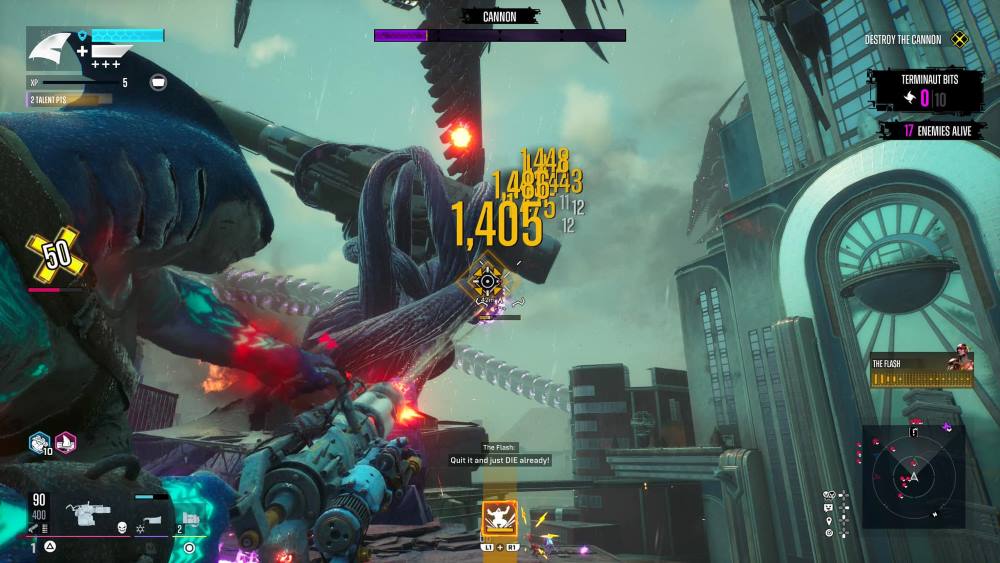
One other ding against Suicide Squad is the repetitiveness of its missions. While I’m glad that they only span between 5-10 minutes per mission, they juggle between the same six missions that are randomly assigned. It is either gathering data packs, an escort mission, a rescue mission, or clearing an area of enemies, all of which can get tiring fast.
What makes it worse is when you’re completing the story arc of these side missions, they add a condition to these missions that restricts damage to a specific trait. You are only able to damage enemies with melee or with grenades for example. This dampens the repetitive gameplay loop by adding unnecessary difficulty spikes with this design choice. It quickly becomes frustrating.
This brings us to incursion missions, which is the main draw of the continuous live service after the main campaign of Suicide Squad ends. It will require you to play through more side missions to collect tokens to unlock the incursion missions, which is a more difficult version of the said side missions you’ve already frustratingly completed. Just like Exoprimal before it, it’s difficult moving ahead knowing that there’s no more story to look forward to once you’ve completed the main campaign.
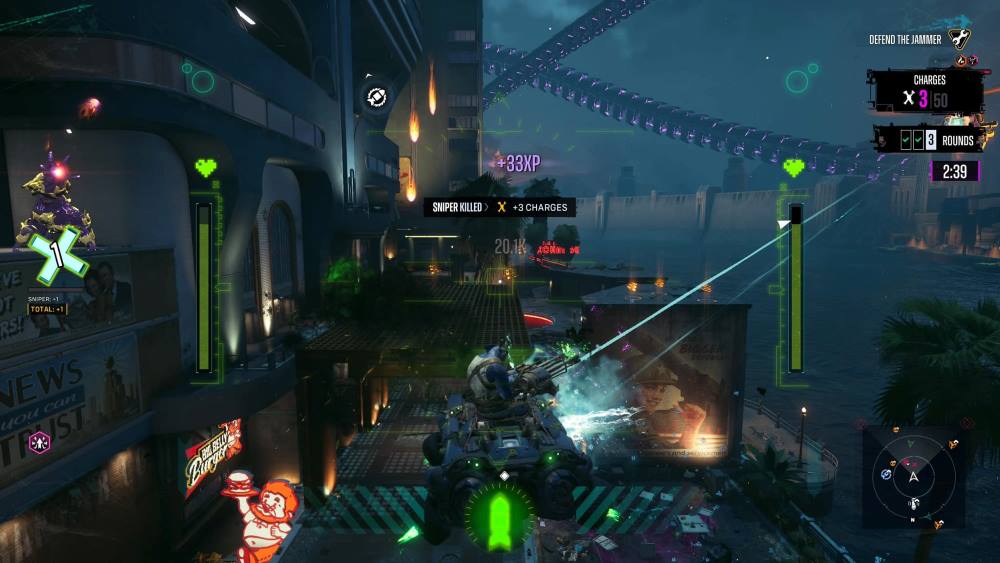
Suicide Squad does have a decent crafting and itemization mechanic that allows you to re-roll your gear and craft better gear to add affliction and have a better functioning arsenal. Sadly, while I appreciated the DC Comics NPCs that were introduced, they were relegated to shopkeepers and crafters.
Skills are mostly passive, and you’ll initially feel the progress of your characters getting a little stronger through the damage of your attacks. After you get used to it, you’re back to the same gear grind and for all the playstyles, with the general strategy ultimately devolving into, “Do I use a precision gun or an automatic gun?”
To quickly comment on the open world of Suicide Squad, If you’re getting tired of the repetitive missions, you can always add more flavor to it by taking on contracts and completing daily quests. The Riddler trophies and challenges are back if that’s your thing, and many pieces of lore and easter eggs add more to the world’s backstory. Otherwise, the open world feels a little barren as there’s very little to do.
What We Liked:
- Visual presentation is fantastic, showcasing realistic face animation matched by fantastic voice acting delivering entertaining dialogue.
- Each character has somewhat unique traversal controls for exploration and combat.
What We Didn’t Like:
- Shooting limited enemy variants with a uniform combat style quickly gets stale.
- While the story starts strong, it resolves haphazardly after underwhelming boss battles.
- Tedious missions throughout the campaign carry over to post-game, leaving us not confident for sustained live service experience.
- Not a lived-in open world with almost unnecessary collectibles, but little else by way of exploration.
Verdict: Wait For It…

Suicide Squad starts super fun, as its visual presentation and plot set-up work as its strongest points to draw us into Rocksteady’s interpretation of Justice League. However, once the novelty ends, we’re left with a chaotic mess that gets tedious the more you play.
Due to its repetitive gameplay loop and messy combat system, playing the game can get tiring pretty quickly once you complete its brief campaign. Fans will be divided, and given its rushed resolution, lack of nuance, and gratuitous display of how it handled DC’s beloved characters, the game can easily be misunderstood.
We hope to see what Rocksteady and Warner Bros. Games have in store for its future content as there is a fun game somewhere within Suicide Squad. However, as it stands, I struggle to see how long this merry band of misfits can stay together.
*Suicide Squad: Kill The Justice League was reviewed on a PS5 with a code provided by the publisher.




